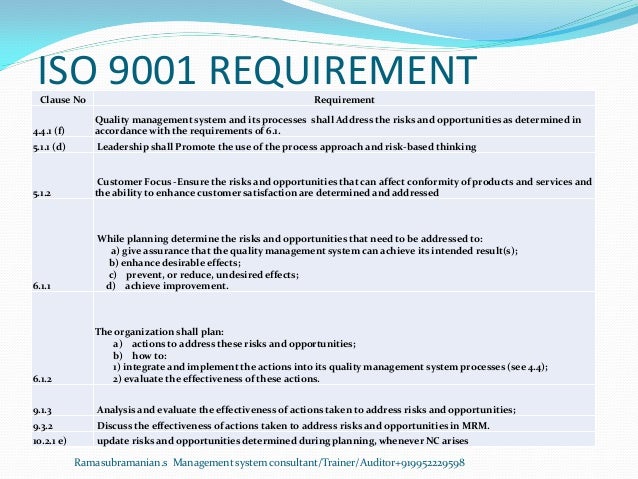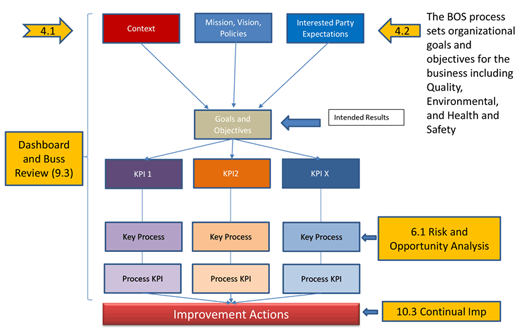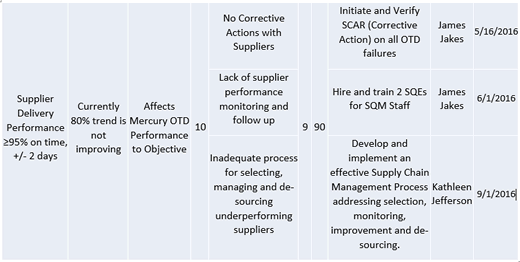 In the 1990s, Omnex worked with Ford Motor Co. to develop the Ford quality operating system methodology, which with maturity and broad experience has evolved into Omnex’s business operating system (BOS) process.
In the 1990s, Omnex worked with Ford Motor Co. to develop the Ford quality operating system methodology, which with maturity and broad experience has evolved into Omnex’s business operating system (BOS) process.
The quality operating system promised and has delivered the following:
• Cross-functional management
• Visual management
• Process orientation
• Continual improvement teams
Omnex worked with Ford’s tier-one suppliers around the world in both the manufacturing and service sectors successfully implementing this process. Disciplined management meetings coupled with the visual analysis of key measurables (KPIs), Pareto diagrams, data-drive action plans, and Paynter charts to measure impact, helped these organizations improve tremendously. Ford, working with Omnex, also developed a quality operating system questionnaire that focused on aligning goals and objectives with KPIs and identifying key processes and process measures for key areas of customer focus.
QS-9000, ISO 9001:2000, ISO 9001:2015, and the high level structure
From 1995 to 2016, Omnex modified the quality operating system methodology, adjusting the approach to adapt to the requirements of evolving quality management system (QMS) standards. As a result, Omnex QMS, enterprise management system (EMS), and other management system implementations always included the quality operating system, renamed as the business operating system, or BOS, to support strategic planning and performance monitoring and improvement. BOS has always been the way Omnex fulfilled customer focus, process orientation, measurement of KPIs, management review, and continual improvement. BOS is crucial for any management system implementation. BOS is the essential process needed to fulfill the key requirements of management system standards, an ideal solution to how you need a process to fulfill the requirements (“shalls”) of ISO 9001 and similar standards.”
The BOS methodology and ISO 9001:2015
The ISO 9001:2015 QMS standard and the high level structure together focuses on “interested party expectations” and the “context” of the organization. Why focus on interested parties? The simple answer is that organizations need to satisfy more than just their direct customers’ requirements to stay in business. Additionally, organizations need to evolve beyond the “one size fits all” mode of thinking. Companies need to go beyond “one set of KPIs” for the entire organization, or “one strategy” for the entire business, or “one QMS.” With proper implementation, interested party expectations and context will help organizations identify KPIs, key processes, and action plans that fit the organization, whether it’s a manufacturing site or a design center. This is why organizations identify internal and external issues and interested party expectations, to determine how best to succeed in the environment their organization is situated.
See the BOS process below in figure 1:

Figure 1: BOS process (Click for larger image.)
The BOS process, as shown above, illustrates how goals and objectives are set based on the context, mission/vision/values, and interested party expectations of the organization. The goals are then translated to metrics via KPIs that measure performance with goal lines that identify the objectives. Finally, the KPIs are fulfilled via processes that help deliver the results. In other words, results are the outcome of the processes performing well. When processes improve, they drive results, helping organizations achieve their goals and objectives. The goals and objectives, in turn, help ensure that the enterprise achieves interested party expectations and the mission/vision/values of the organization.
Risk-based thinking
While implementing this process within hundreds of organizations over the past 20+ years, Omnex has understood that the improvement actions always addressed process variation in organization. In other words, the process risk was always related to the capabilities of the processes to deliver on the results reflected in the KPIs of the organization. Management system standards, via the high level structure, are requiring the organization to de-risk the planning process. In other words, the risk-based thinking in ISO 9001’s Planning (6.0), for instance, helps reduce the risk of management not meeting goals and objectives. If we can conduct a failure mode and effects analysis (FMEA) to reduce design and manufacturing risk, why not conduct an exercise for identifying and managing enterprise risk?
Omnex suggests a disciplined process that identifies processes that affect a specific enterprise KPI and then identifying how the process can fail, including determining impact or severity combined with likelihood. The effect of the process failure on the business, either in business loss or business impact, and its likelihood defines risk.
Omnex uses two different risk forms—one simple and, when justified, one more-rigorous approach. See figure 2 below:

Figure 2
Implementing BOS
BOS implementation is streamlined to a six-step process as follows:
Step 1: Determine organizational context and interested parties
In this step, the facilitator interacts with the top management team to identify the key internal and external issues.
Step 2: Align policy, mission, vision, and values
The second step reviews and ensures that the policy (quality, environmental, or other), mission, vision, and value statement are aligned with the context of the organization.
Step 3: Identified interested party expectations are listed, grouped, and rated.
The rating is based on potential impact on the business failing to meet critical expectations. Rated from high (immediate business impact/dollar impact) to low (no impact to the business). This prioritization is applied to each expectation, always looking through the eyes of the interested party. This allows the organization to focus on those expectations most strategically critical to the business. Even employee expectations and the loss of key employees translates to business loss. See figure 3:

Figure 3: In this step, interested party expectations are grouped into categories.
Step 4: Establish strategic objectives
Goals and objectives are set around the grouped categories since they were deemed to be most important by interested parties. Omnex uses benchmarking to set short-term and long-term objectives in the BOS process.
Step 5: Identify key processes and KPIs
Once the goals and objectives are set, the key processes and KPIs are determined based on a process called alignment charting. In organizations that already have objectives and KPIs, the facilitator can skip step 4.
Step 6 and Step 7: Conduct risk-based thinking and select improvement projects
The alignment charts are studied and the process variation, based on process KPIs, is determined to enable identifying specific actions to reduce risk. These actions become projects championed by designated process owners.
Join Omnex on Tuesday, June 20, 2017, for our webinar, “Risk-Based Thinking in Planning (6.0) Using the Business Operating System (BOS) Approach,” a case study of an organization and an illustration of the BOS methodology using Omnex EwQIMS enterprise software.
[“Source-ndtv”]
